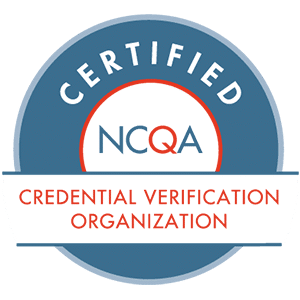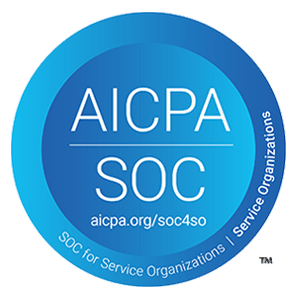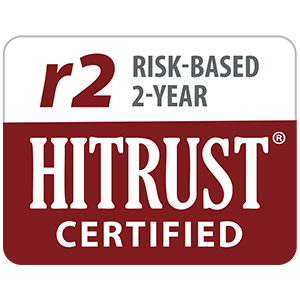The two main federal sources that need to be screened for exclusions at a monthly basis minimum are the Department of Health and Human Services (HHS) Office of Inspector General (OIG) List of Excluded Individuals and Entities/Entities (LEIE) and the GSA’s SAM.gov. The primary difference between the OIG LEIE and SAM.gov is that the LEIE only consists of exclusion actions taken by the HHS-OIG while the SAM.gov exclusion database consists of debarment actions taken by various Federal agencies.
Learn about the difference between the OIG, SAM.gov, and state Medicaid exclusion lists.
Exclusion monitoring is critical for ensuring compliance, program integrity, and patient safety. Because several lists at both the federal and state levels need to be checked frequently, exclusion monitoring can be complicated. Healthcare organizations must monitor their employed and contracted populations for exclusions.
What is GSA-SAM.gov?

The SAM.gov database is formerly known as the Government Services Administration’s (GSA) list of Excluded Parties List System (EPLS). In 2012, GSA announced it was migrating data from the EPLS to a new and more comprehensive system called the System for Award Management (SAM). Formed under a mandate of the Affordable Care Act, SAM.gov created one broader dataset of individuals and entities that are debarred, sanctioned, or excluded from doing business under a federal contract. The most significant database for healthcare providers, SAM.gov includes several federal contracting databases such as USDA-FNS, TREAS-OFAC, OPM, and more.
If an individual or entity is on SAM.gov, a healthcare company should not be in contractual privity with such person or company as it would be conducting business with a sanctioned, debarred, or excluded party. HHS OIG and the Centers for Medicare and Medicaid Services (CMS) have both made it clear that federal program payment for (1) items or services furnished by excluded individuals or entities, and (2) salaries, expenses, or fringe benefits of excluded individuals (regardless of whether they provide direct patient care) are prohibited. SAM.gov datasets should be included in all exclusion screening processes for employed and contracting populations.
What Authority Does SAM.gov Have?
SAM.gov does not have the authority to penalize an organization like the HHS OIG does, but instead is a procurement repository. If an organization is debarred, it might not mean that you cannot do business with them. If your organization does not require your vendor to be GSA approved nor is it being reimbursed through federal program dollars, the debarment may not affect your contract (this must be reviewed by your legal counsel).
What Did the Recent SAM.gov Updates Entail?
On May 24, 2021, SAM.gov rolled out a brand new user interface and a reorganization of the site. According to SAM.gov, their updates “incorporate customer-focused functionality changes, to improve the overall experience for site visitors.” The changes to the search functionality include, but aren’t limited to:
- A streamlined advanced search experience.
- Advanced filters are now on the same page as the search results, making it easier to adjust the filters without starting a new search.
- Filters are now displayed in an easy-to-use list, making the search option easily accessible and expandable.
However, the update to SAM.gov caused some confusion across the industry.







